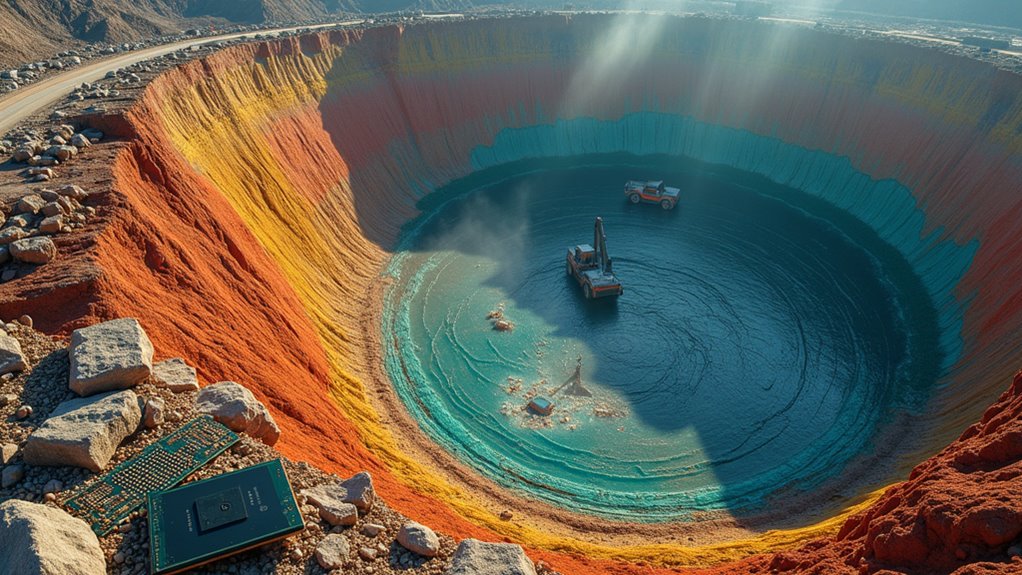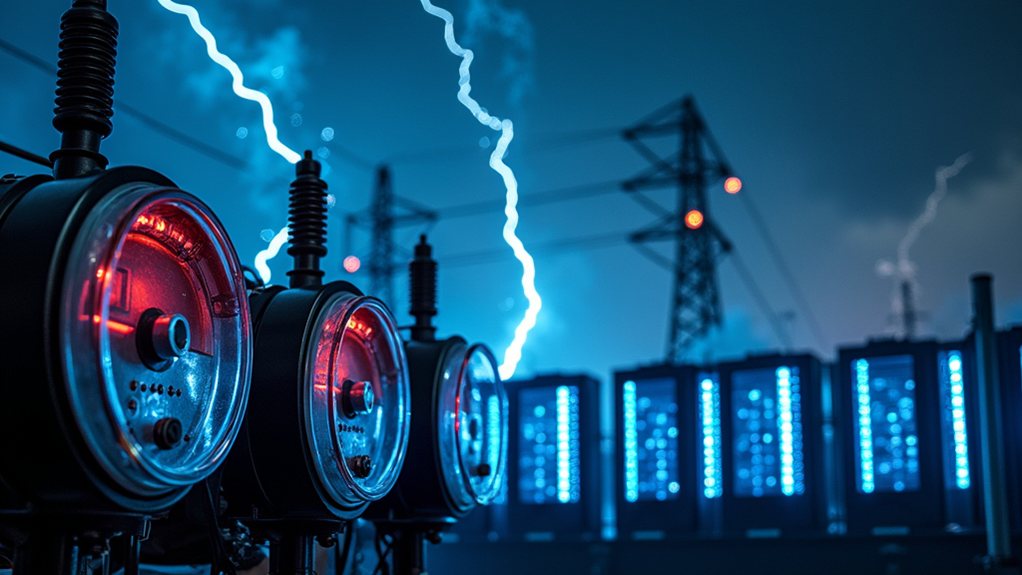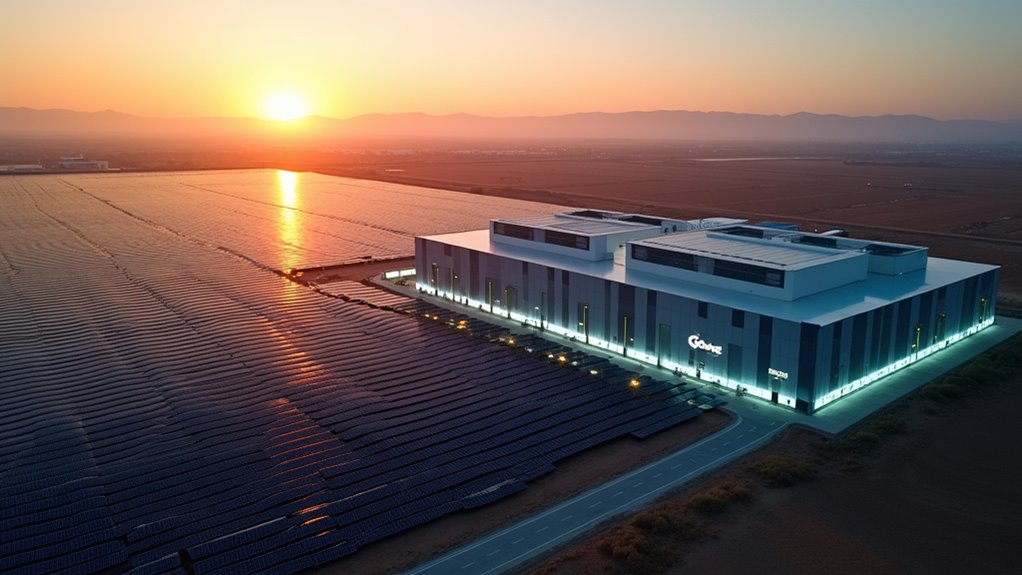AI’s mineral problem is the dirty secret nobody mentions at tech conferences. Behind every sleek AI system lies a scramble for critical minerals—rare earth elements that require intensive mining operations. While companies tout AI’s capabilities, they conveniently forget to mention the environmental havoc wreaked by extracting these raw ingredients. Ironically, AI itself might offer solutions through advanced mineral identification techniques. The future of artificial intelligence may hinge on solving the very resource problems it’s helping to create.
Almost every conversation about artificial intelligence revolves around algorithms, data, and computational power—but rarely the literal dirt beneath our feet. While we marvel at ChatGPT’s latest poetry or worry about robots taking our jobs, an uncomfortable geological reality lurks beneath the AI revolution.
Those sleek AI systems depend on a complex supply chain of critical minerals that face significant vulnerabilities. The Energy Act of 2020 officially defined these as non-fuel minerals essential to economic and national security—and they’re the unsung heroes making your smartphone smart enough to pretend it understands you.
The hidden backbone of artificial intelligence lies not in algorithms, but in rare earth elements nations increasingly fight over like scarce treasure.
Think about it: every time you ask an AI assistant a question, you’re relying on hardware built from minerals that countries are increasingly competing over like kids fighting for the last slice of pizza. These critical resources form the foundation of AI infrastructure, yet mapping and accessing deposits remains challenging despite our technological prowess.
Traditional mineral identification methods are like trying to find Waldo with your eyes closed—time-consuming, requiring expert knowledge, and often inaccurate. Enter AI itself as a potential solution. Machine learning systems can now identify patterns and potential mineral deposits that human experts might miss, creating a curious cycle where AI helps find the very materials needed to build more AI.
These AI-driven identification models learn directly from mineral data through supervised learning techniques, continuously improving their capabilities. Modern deep learning neural networks excel at pattern recognition in vast geological datasets, offering unprecedented accuracy in mineral deposit prediction. It’s like teaching a computer to be a super-geologist without the hiking boots and rock hammer.
Yet environmental concerns cast a shadow over this technological progress. The extraction processes necessary to feed our AI appetite come with significant ecological costs—a reality often glossed over in breathless coverage of the latest AI breakthrough. USGS and DARPA have joined forces to accelerate critical mineral assessments through AI competition initiatives that leverage crowdsourcing for innovative solutions.
As DARPA’s CriticalMAAS program demonstrates, critical mineral assessment has become a research priority. But the question remains: can we solve the supply chain vulnerabilities of AI’s physical ingredients before they limit the very technological revolution they enable?









